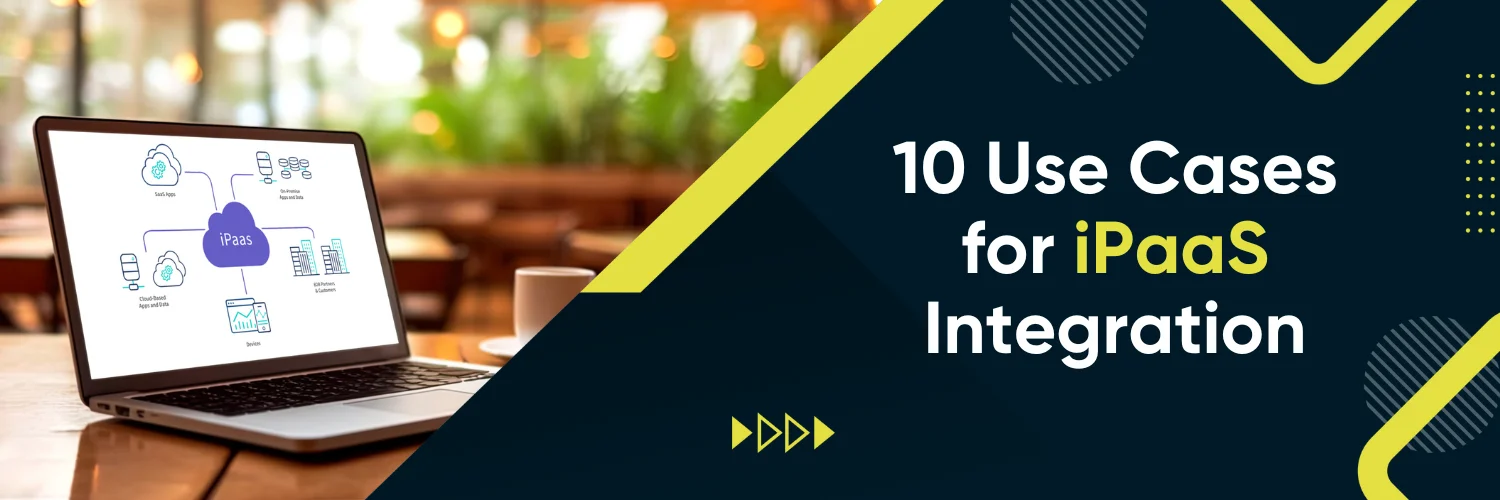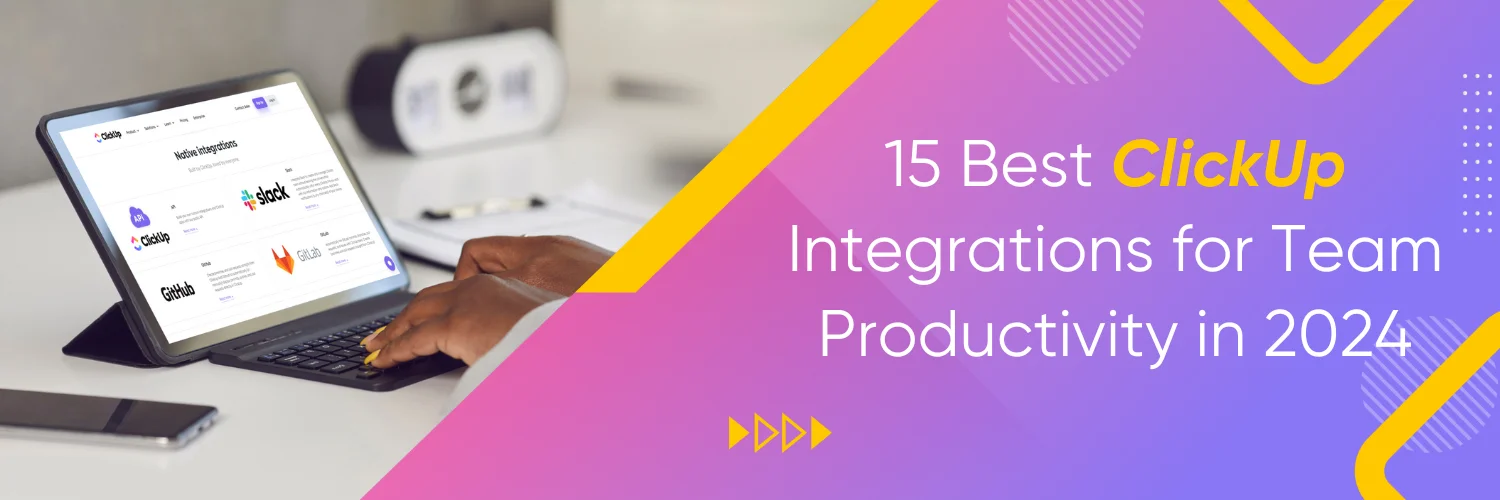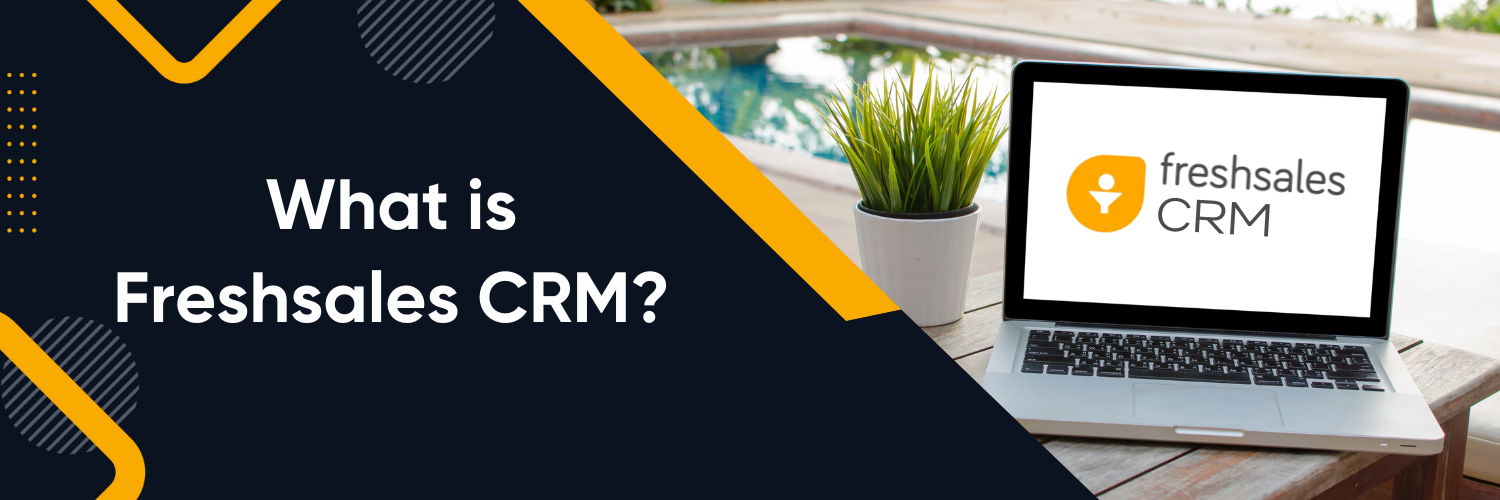iPaaS Integration
Integration has become a critical component for organizations seeking to optimize their processes and stay competitive. Integration Platform as a Service (iPaaS) has emerged as a powerful solution that enables seamless connectivity and data exchange between different systems, applications, and platforms. iPaaS acts as a central hub that facilitates the integration of various software, cloud applications, and data sources, allowing businesses to streamline their operations, improve efficiency, and enhance overall productivity.
Use Case 1 – Cloud Application Integration
Cloud application integration is one of the primary use cases for iPaaS. With the increasing adoption of cloud-based solutions, organizations often find themselves managing multiple cloud applications that operate in silos. iPaaS enables the integration of these applications, eliminating data silos and enabling smooth communication between them. By connecting cloud applications through iPaaS, businesses can automate workflows, synchronize data, and ensure consistent information across the entire ecosystem. This integration streamlines processes, reduces manual effort, and enhances productivity.
Use Case 2 – Data Synchronization and Migration
Data synchronization and migration are crucial challenges that businesses face when dealing with multiple systems and databases. iPaaS plays a vital role in ensuring data consistency and integrity across various systems. It allows organizations to synchronize and migrate data seamlessly between different applications, databases, and platforms. iPaaS provides connectors and pre-built integration flows that simplify the process of mapping, transforming, and transferring data, reducing the complexity and time required for data synchronization and migration.
For example, consider a scenario where a company merges with another, and they need to consolidate customer data from two separate CRM systems. iPaaS can facilitate the integration by connecting the two CRM systems and synchronizing the customer records, ensuring a unified view of customer data across the organization.
Use Case 3 – E-commerce Integration
Integrating online stores with other business systems is vital for seamless operations. iPaaS enables businesses to connect e-commerce platforms with back-end systems such as inventory management, order processing, and customer relationship management. By integrating these systems through iPaaS, organizations can automate order fulfillment, inventory updates, and customer data synchronization. This integration eliminates manual data entry, reduces errors, and improves customer satisfaction by providing accurate and real-time information.
For instance, iPaaS can integrate an e-commerce platform with an inventory management system, automatically updating product availability and stock levels in real-time, ensuring efficient order fulfillment and minimizing the risk of overselling or stockouts.
Use Case 4 – CRM Integration
Integrating Customer Relationship Management (CRM) systems with iPaaS brings significant benefits to sales and marketing teams. iPaaS enables seamless data synchronization between CRM systems and other applications such as marketing automation, email marketing, and lead generation tools. By integrating these systems, businesses can ensure that customer data is consistent across all platforms, improve lead management processes, and enable real-time updates on customer interactions. This integration empowers sales and marketing teams with accurate and up-to-date information, enabling personalized customer engagement and improving conversion rates.
Use Case 5 – API Integration
Application Programming Interfaces (APIs) serve as the building blocks for modern software applications and systems. iPaaS plays a crucial role in API integration by connecting and managing APIs effectively. With iPaaS, businesses can integrate APIs from different applications and platforms, enabling seamless communication and data exchange between systems. iPaaS provides a unified interface and platform to manage and orchestrate API calls, transformations, and security protocols. This integration empowers businesses to create robust and scalable applications that leverage the functionality and data from multiple APIs.
Use Case 6 – IoT Integration
The Internet of Things (IoT) has revolutionized industries by connecting devices, sensors, and machines to collect and exchange valuable data. iPaaS simplifies the integration of IoT devices and the management of IoT data streams. It allows organizations to connect IoT devices to their existing systems and applications, enabling real-time data ingestion, processing, and analysis. iPaaS provides the necessary infrastructure to handle the volume, velocity, and variety of IoT data, facilitating actionable insights and enabling organizations to optimize operations, improve decision-making, and develop innovative IoT-based solutions.
For example, iPaaS can integrate data from various sensors in a manufacturing plant with a central system, enabling real-time monitoring of equipment performance, predictive maintenance, and process optimization.
Use Case 7 – Legacy System Integration
Many organizations still rely on legacy systems that were built before the era of cloud computing and modern APIs. Integrating these legacy systems with modern applications and platforms can be a complex task. iPaaS simplifies legacy system integration by providing connectors, adapters, and tools that enable seamless communication between legacy systems and newer technologies. It allows businesses to unlock the data and functionality of legacy systems, integrate them with cloud applications, and enable smooth data flow and interoperability. This integration helps modernize legacy systems, extend their lifespan, and leverage their value while embracing newer technologies.
Use Case 8 – Supply Chain Integration
Efficient supply chain management is crucial for organizations to ensure timely delivery, reduce costs, and optimize inventory levels. iPaaS facilitates supply chain integration by connecting various systems involved in the supply chain, such as suppliers, manufacturers, distributors, and retailers. By integrating these systems, iPaaS enables real-time data sharing, collaboration, and process automation across the supply chain. This integration improves supply chain visibility, reduces manual effort, minimizes errors, and enhances responsiveness to changes in demand or supply.
Use Case 9 – Human Resources Integration
Human Resources (HR) departments deal with vast amounts of employee data, including employee records, payroll information, benefits, and performance data. iPaaS integration streamlines HR processes by connecting HR systems with other applications such as payroll, time tracking, and employee self-service portals. By integrating these systems, iPaaS enables real-time data synchronization, eliminates manual data entry, and improves data accuracy. This integration simplifies employee onboarding, payroll processing, benefits administration, and enhances overall HR efficiency.
Use Case 10 – Business Intelligence Integration
Business Intelligence (BI) tools and systems provide valuable insights by analyzing data from various sources. iPaaS integration enhances the effectiveness of BI initiatives by consolidating data from multiple systems and platforms. iPaaS connects different data sources, such as databases, cloud applications, and spreadsheets, and provides a unified view of the data to BI systems. This integration enables organizations to access and analyze consolidated data, perform cross-system reporting, and gain comprehensive insights for better decision-making. iPaaS eliminates data silos, improves data quality, and enhances the accuracy and relevance of business intelligence.
Conclusion
The integration of systems, applications, and data has become a strategic imperative for businesses across industries. iPaaS emerges as a powerful solution that addresses the challenges of connectivity and data exchange. By leveraging iPaaS, organizations can unlock the potential of various use cases, ranging from cloud application integration and data synchronization to e-commerce, CRM, API, IoT, legacy system integration, supply chain integration, HR integration, and business intelligence integration. iPaaS enables efficiency, scalability, and competitive advantage by streamlining processes, improving data accuracy, and empowering businesses with real-time insights.
To fully harness the benefits of iPaaS integration and drive your business toward success, it is crucial to partner with a reliable and experienced provider. Ubique Digital Solutions offers top-notch iPaaS solutions tailored to your specific needs. With their expertise and comprehensive suite of integration tools, you can streamline your operations, improve efficiency, and gain a competitive edge in the market. Take the next step towards maximizing your business potential by partnering with Ubique Digital Solutions. Contact us today to discuss your integration requirements and embark on a journey toward success.
FAQs
Q: What is iPaaS, and how does it work?
Integration Platform as a Service (iPaaS) is a cloud-based platform that facilitates the integration of systems, applications, and data. iPaaS acts as a central hub, providing connectors, adapters, and tools to connect different systems and enabling seamless data exchange.
Q: How can iPaaS benefit my business?
iPaaS brings numerous benefits, including streamlined workflows, improved efficiency, reduced manual effort, enhanced data accuracy, real-time data synchronization, and improved collaboration. It enables organizations to leverage the full potential of their systems, applications, and data, leading to increased productivity and competitive advantage.
Q: Can iPaaS integrate on-premises systems with cloud applications?
Yes, iPaaS can integrate on-premises systems with cloud applications. It provides connectors and adapters that enable seamless communication between on-premises systems and cloud-based applications.
Q: What are the security considerations for iPaaS integration?
Security is crucial when integrating systems and data. iPaaS providers implement robust security measures, including data encryption, access control, authentication mechanisms, and compliance with industry standards and regulations. It is essential to choose a reliable iPaaS provider with a strong focus on data security.
Q: How does iPaaS compare to other integration solutions?
iPaaS offers several advantages over traditional integration solutions, such as on-premises middleware or custom coding. iPaaS is cloud-based, scalable, and provides pre-built connectors and integration flows, reducing development time and complexity. It also offers greater agility, flexibility, and ease of use.
























